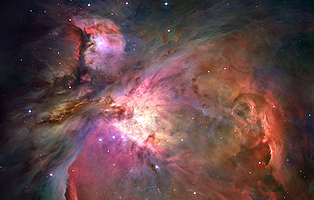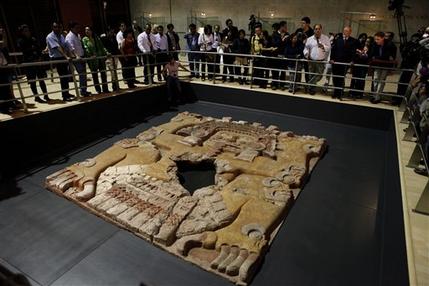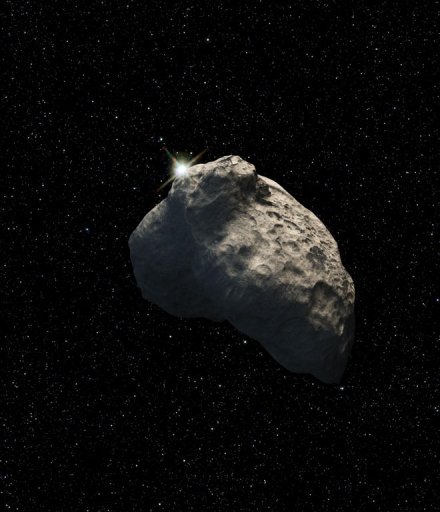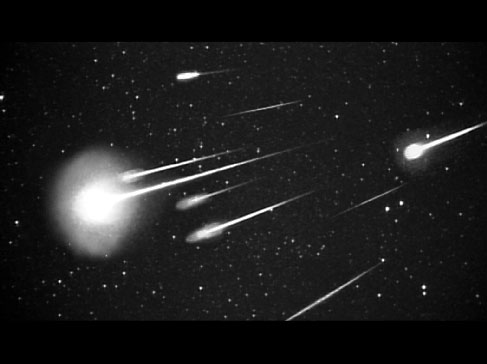
© NASASolar Coronal Mass Ejection
It is a very simple equation: Energy = Civilisation. Without any form of energy we regress to circa 5000 BC. Energy powers every aspect of our modern lifestyle: clean water, fresh food, lighting, comfortable shelter, mobility, communication, safety and security. Our very own giant hot star, the sun, is earth's primary source of energy.
On June 12th, at 00:55 Universal Time, an M2-class solar flare sparked a bright flash of extreme ultraviolet radiation, propelling a shock wave through the sun's atmosphere, and hurling a billion-ton Coronal Mass Ejection (CME) into space. According to scientists at NASA's Solar and Heliospheric Observatory (SOHO), "The sun is waking up from a deep slumber, and in the next few years we expect to see much higher levels of solar activity... at the same time, our technological society has developed an unprecedented sensitivity to solar storms." One needs to go back over 8,000 years in order to find a time when the sun was, on average, as active as it is at present!
The sun supports almost all life on earth via photosynthesis and drives earth's climate and weather. Solar flares have been connected with weather extremes, and there have been some powerful lightning storms in recent days:
1. BP temporarily suspended siphoning operations on its Gulf of Mexico oil gusher after a drill ship collecting the oil was hit by lightning;
2. A 62 feet -- six storey -- tall statue of Jesus Christ in Ohio came to a blazing end when it was struck by lightning in a thunderstorm and burned to the ground; and
3. A bolt of lightning struck a local gasoline storage tank in North Carolina, erupting into a wall of flames that leapt as high as 100 feet and belched a plume of smoke in the shape of an arch across eight lanes of US interstate highway.
The one critical factor that did not operate according to plan in many of the recent severe lightning-strikes was the electrical grounding system, which was supposed to draw lightning away from the structures. The sun has begun to awaken and possibly exhale a massive solar storm on planet earth's electromagnetic field. Are several interlocking factors in play that could bring life as we know it to a stand-still via a catastrophic disruption?











